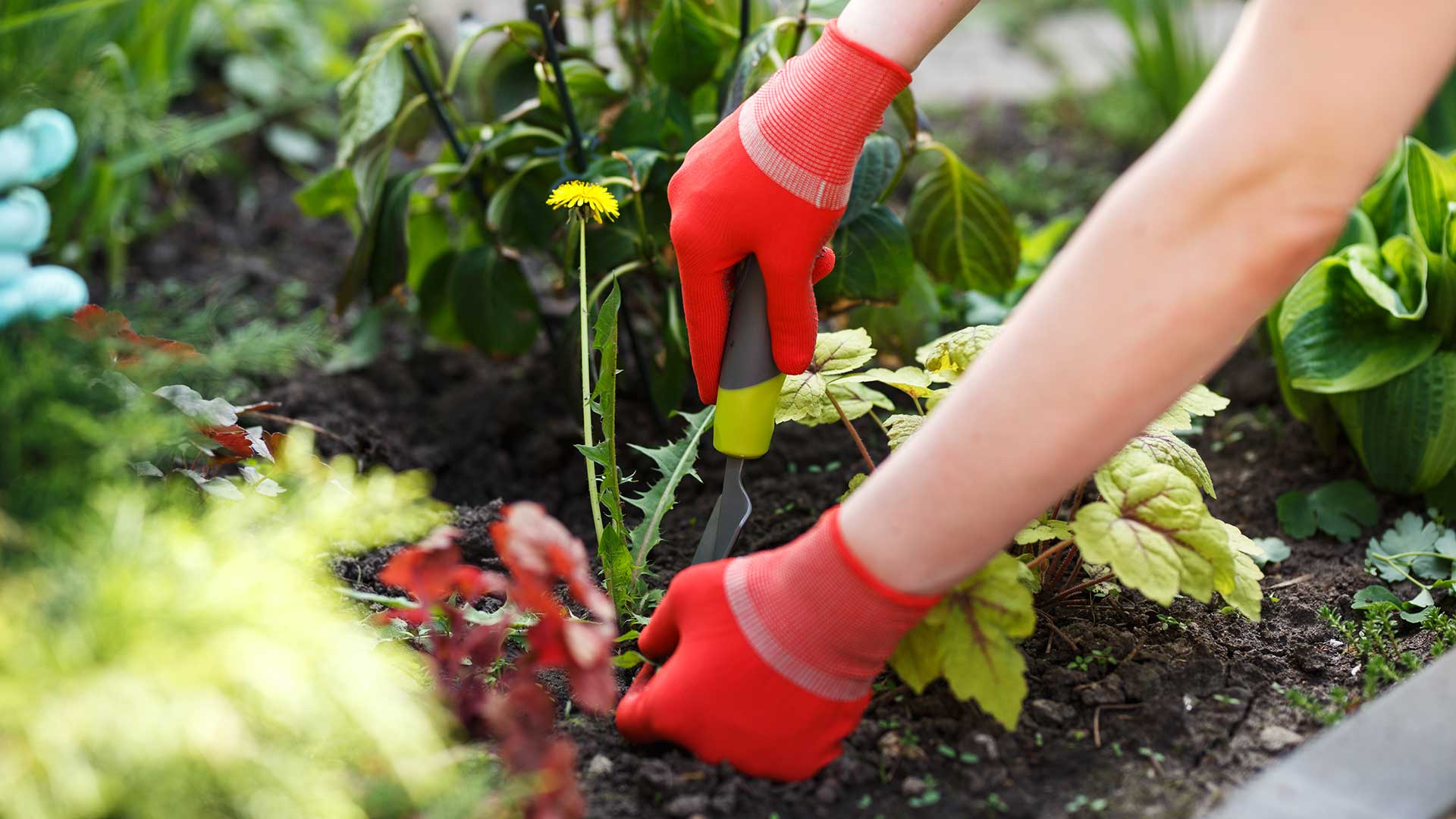
Learning how to get rid of weeds is useful for any gardener, as these pesky plants tend to pop up wherever they get the chance. From using the right tools to disposing of them properly, there are a few important things to take on board to ensure your efforts pay off.
To keep up with the latest garden trends, you'll want your chosen plants to flourish. But, if you don't keep weeds in check, they can quickly take over. Weeds are usually very vigorous growers and compete with garden plants for water and nutrients.
So, whether a serious clear-up is in order or just a bit of a tidy, getting rid of these interlopers correctly is worthwhile for a thriving outdoor space. Below, the experts share their tips on tackling garden beds and lawns, patios, and driveways.
How to get rid of weeds in your garden, according to the pros
Perhaps you want to sort out a neglected area behind the shed, or a new plot that's a little too far on the wild side. Or, maybe you simply need some pointers on how to keep your outdoor living space pristine. Whatever the case, these pro gardening tips will come in handy.
"Larger weeds such as bindweed can physically swamp and choke garden plants," says Rainer Schubert of Burgon & Ball. "Not only this, but Craig Wilson, co-founder at Gardener's Dream Ltd, warns that weeds provide shelter for pests such as slugs – "and, with ample places to hide, these pests can wreak havoc on your garden."
How to weed garden beds
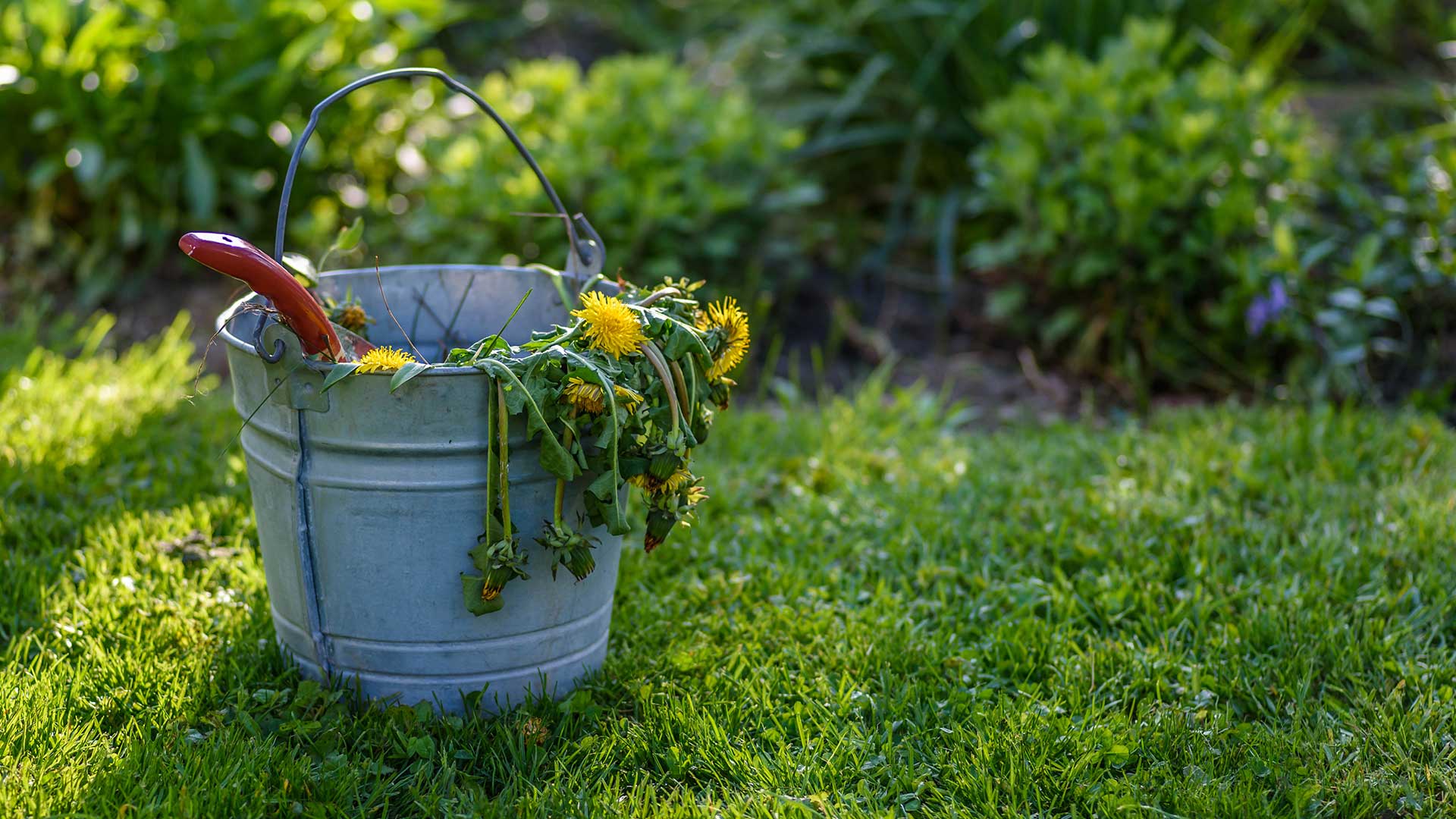
Weeds can crowd out even the best plants if they take hold, but there are a few ways to get rid of them.
The best way to remove seed-spreading weeds long-term is to weaken them by repeatedly hoeing and cutting them. Examples include chickweed and shepherd's purse.
Rainer says using a tool which skims just below the surface of the soil minimises moisture loss and avoids bringing weed seeds to the surface which might then germinate.
"It also avoids disturbing the soil’s structure and the mycorrhizal network which is so important for healthy soil," he adds. He recommends using a Dutch hoe – "a classic tool for this task. Alternatively, many gardeners like to use an oscillating hoe. Here, the blade pivots between two set angles to cut on the push and the pull, getting weeding done in half the time."
Both methods are ideal when seeking to get rid of weeds in the grass because they cause minimal damage to the surrounding patch of lawn.
Garden designer Harriet Worsley says, "When I worked as a volunteer at the Royal Botanic Gardens, Kew, we would spend hours hoeing the beds. On a hot day this will unplug the growing seedlings and the sun will dry them out."
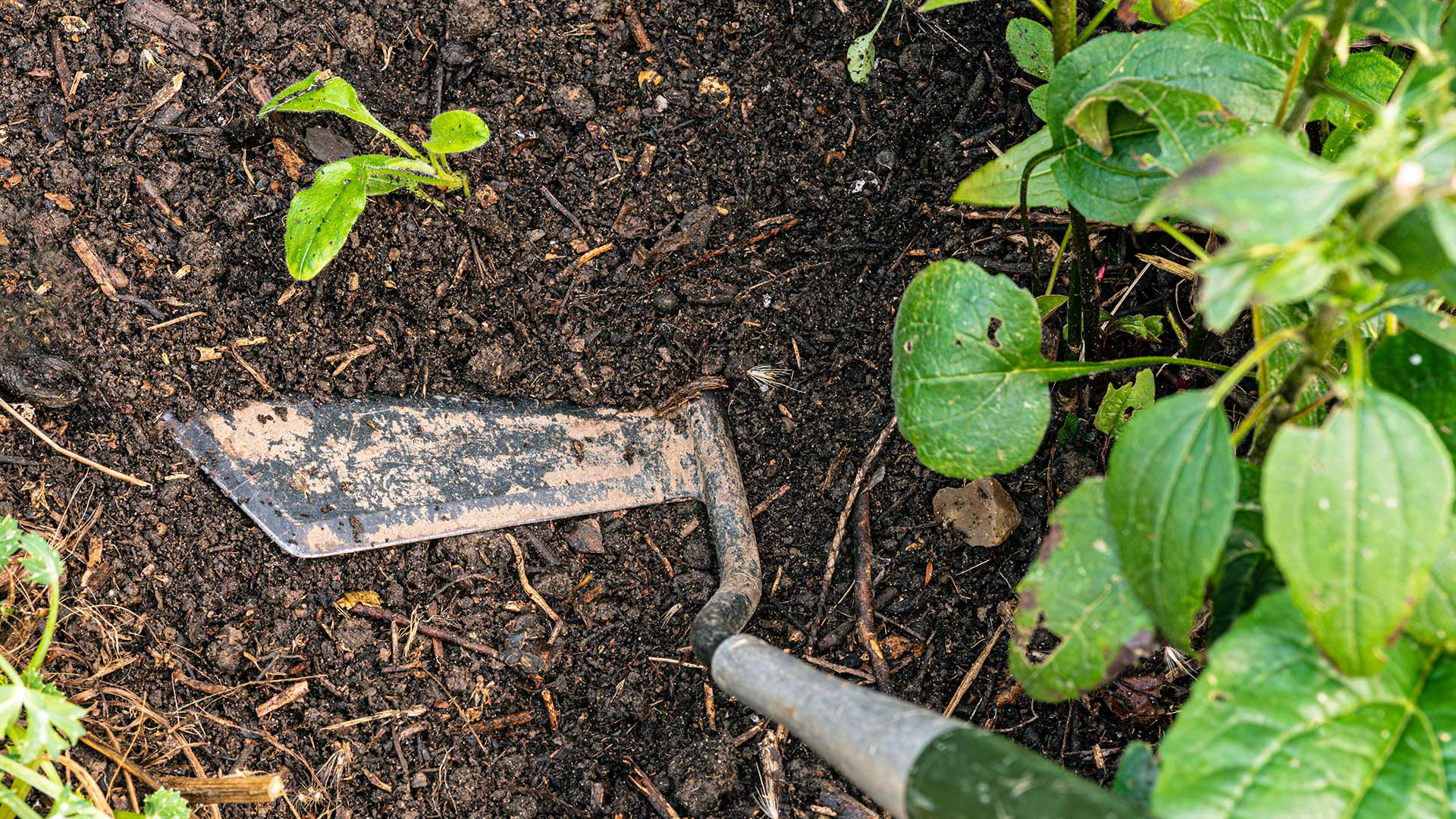
However, some weeds spread by the roots, points out Paul Hicks, product manager for Stihl GB. These include perennials such as bindweed, nettles, and creeping buttercup. Dandelions can also spread this way.
"The most effective method is to pull them up completely, removing their roots from the soil," he says. "Make sure to carefully remove the whole plant, ideally in one piece. This can be a laborious task but will pay off in the future."
Harriet recommends using a fork rather than a spade to avoid chopping up the roots – "any section left in the ground can form a new plant."
Top tip: Paul says, "While it might be tempting, you should never shred or mow root-spreading weeds – this will just create more starting points from which they can grow." If you're wondering how to get rid of weeds in your grass, there are much better approaches for these tougher types.
With its rust-resistant, stainless steel head, this tool is ideal for lifting out weeds with long roots. The handy leather cord means it can be hung up neatly afterwards.
This well-rated tool is lightweight with a soft-feel grip and a mirror-polished stainless steel head. A great option for tackling annual weeds in garden borders.
Collect and move your weeds from flowerbeds easily with this useful and versatile container. There are nine colours to choose from, but we love this classic green.
How to weed paving
if you're going for a modern look, or perhaps trying out the quiet luxury garden trend, don't let weeds in your paved patio spoil the aesthetic.
Rainer suggests using a wire bristle brush to cover ground quickly. "Different designs are available for targeting different surfaces, such as decking, block paving or smooth patio slabs." You can buy the Burgon & Ball long-handled block paving brush at Amazon.
"If you just want to get rid of a few individual weeds, a weeding fork is your friend. It’s great for getting into nooks and crannies," Rainer adds. Alternatively, Harriet says you can dig the weeds out with a knife.
Avoid tackling weeds between pavers with a pressure washer. Aiming the jet directly between the slabs can remove the sand or mortar in the gaps, warns Paul. This can let in dirt and water and potentially cause long-term damage, and actually encourage more weed growth.
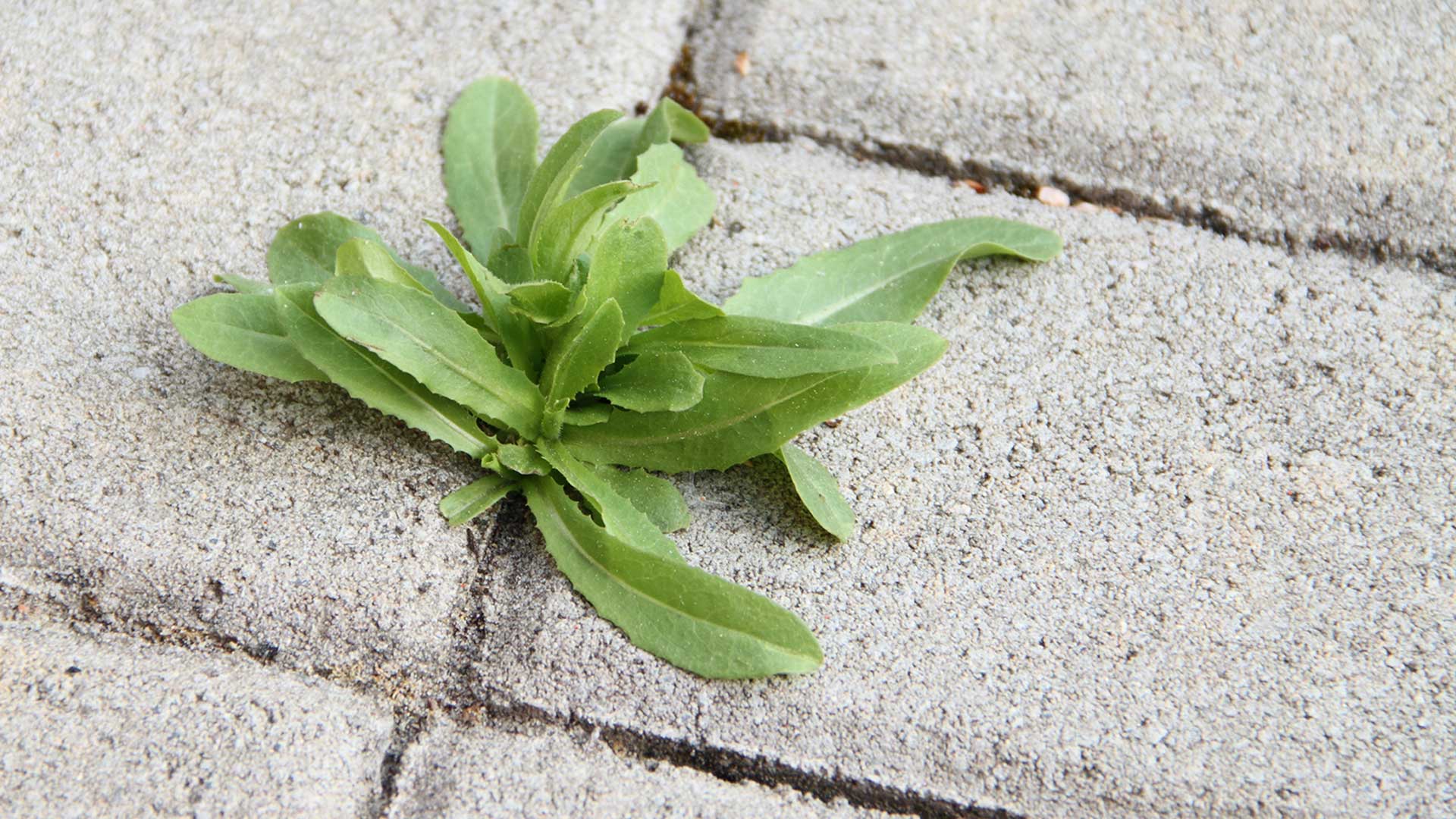
How to weed driveways
Rainer says, "When it comes to paths and driveways, you might be looking at weeding in gravel, slate chips, or even paddlestones. Here, you’ll want to avoid damaging any weed-proof membrane, so skimming just beneath the surface is a must, rather than stabbing down." A good tool to use is this Burgon & Ball weeder, available at B&Q.
Some people suggest using salty water on driveways as a cheap weed killer hack. If you give this a go, be careful about the salt leaching into nearby beds or borders, points out Harriet. "It might kill the plants that you do want to keep."
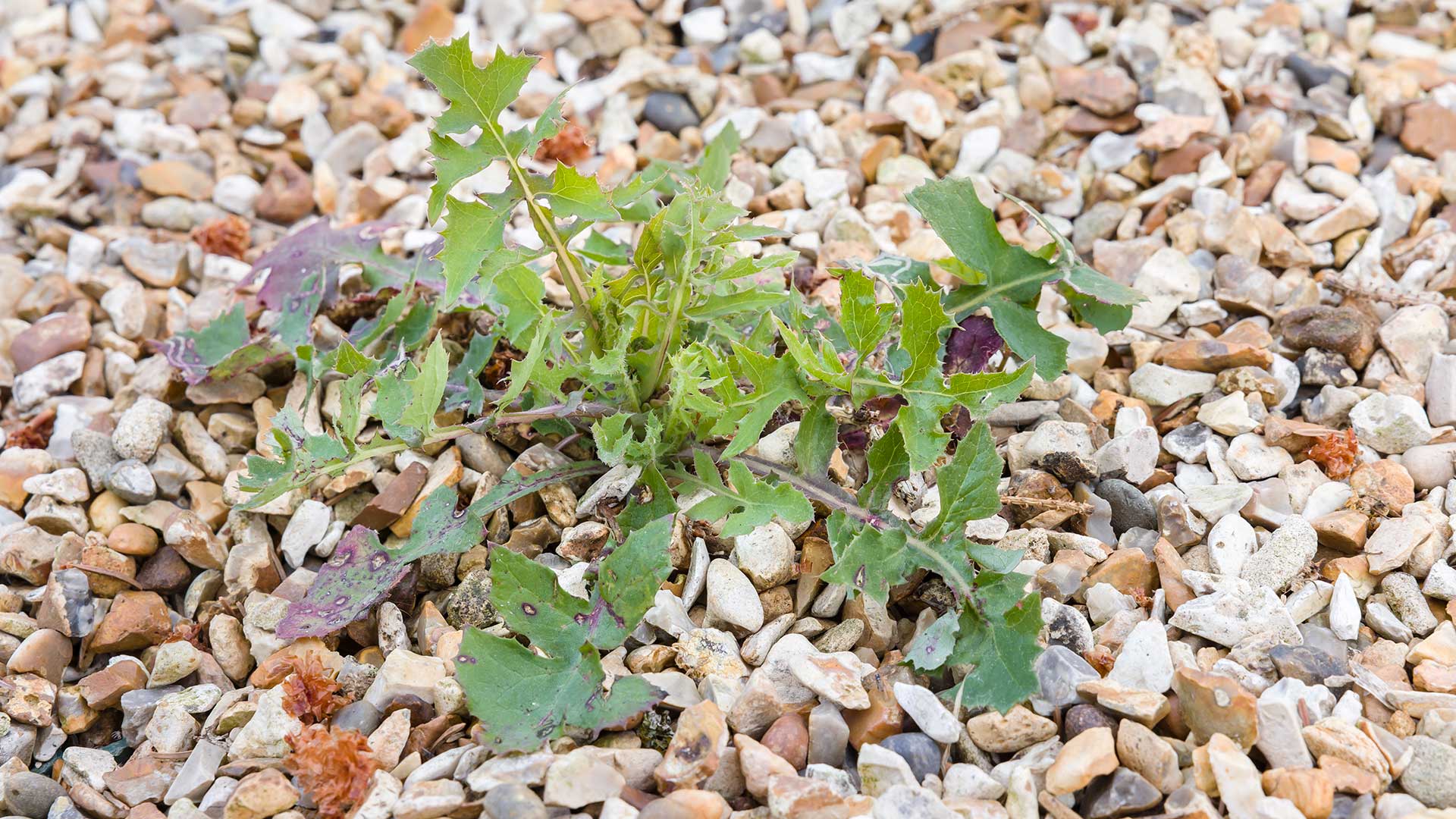
FAQs
How often do you need to weed a garden?
Rainer recommends weeding as often as you can. "It’s much easier to stay on top of things and tackle weeds before they get established. Generally, around once a week is good, once you have things under control – although from April to June you’ll probably need to weed more often, depending on the weather. A combination of sun and rain will make weeds sprout, along with everything else in the garden."
Aim to remove weeds before they produce seeds, advises Tim Marshall, head gardener of Raby Castle. This will help to prevent future growth.
Harriet says, "If you’ve got established weeds, choose a time to weed after the rain, when the soil is softer, as baked soil will mean it's harder to pull out the roots." Remember to avoid mowing your lawn after it rains, though, as cutting wet grass can damage it.
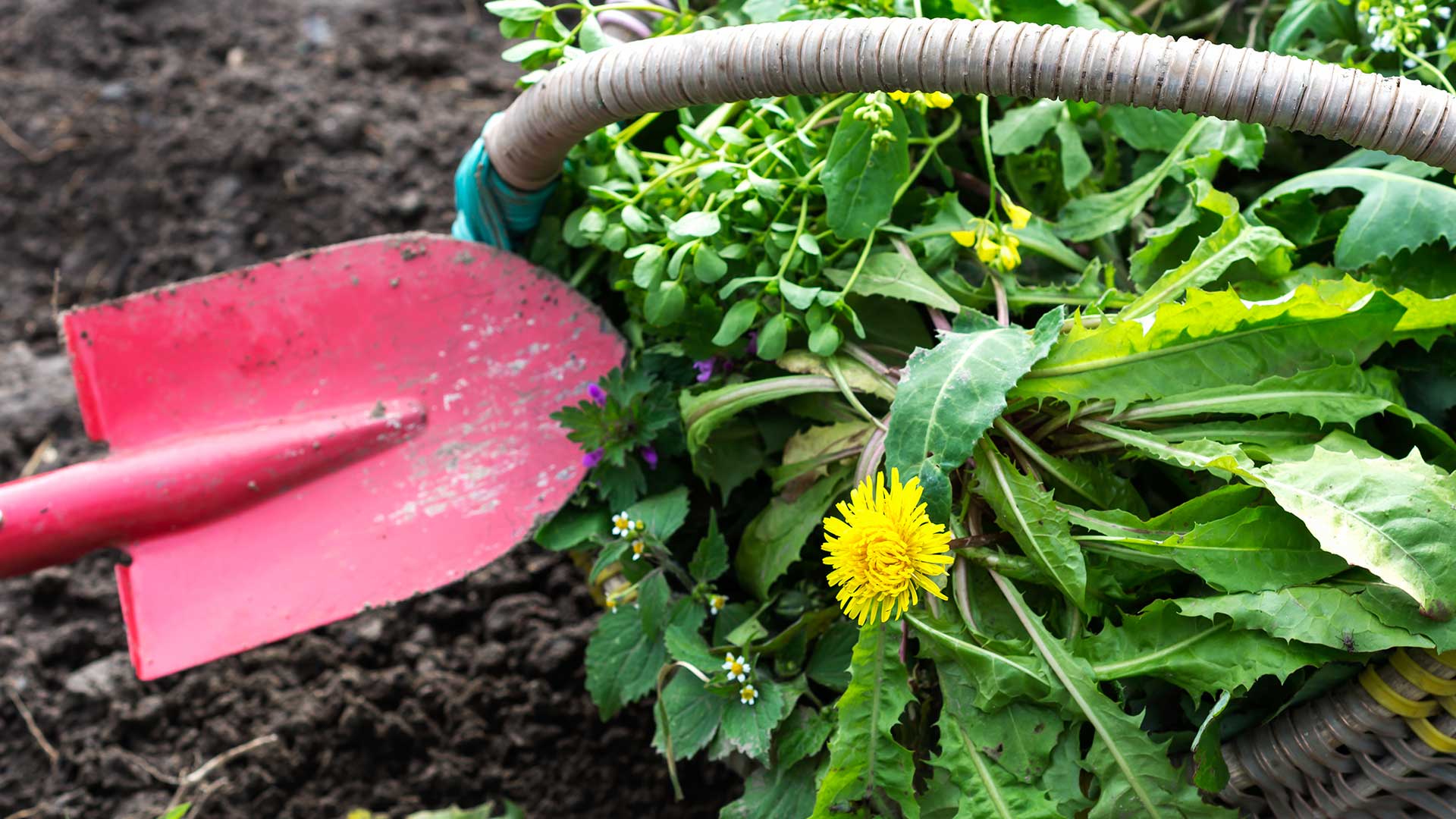
How should you dispose of weeds?
Paul says, “Once removed from your garden, you can dispose of weeds by composting them, adding them to your garden waste, or taking them to a recycling centre or green waste collection facility for larger amounts."
Note that the roots of root-spreading weeds shouldn't be added to your homemade compost. "It's best to put those in your garden waste," Paul says. "For other weeds, chop the roots before composting to ensure they don’t grow in your compost heap."
Tim also warns against composting weeds with mature seeds, to prevent them from spreading.
Craig adds, “If you think you are dealing with a more invasive weed such as Japanese knotweed, contact your local council as they will be able to advise you of the best way to dispose of this carefully.”
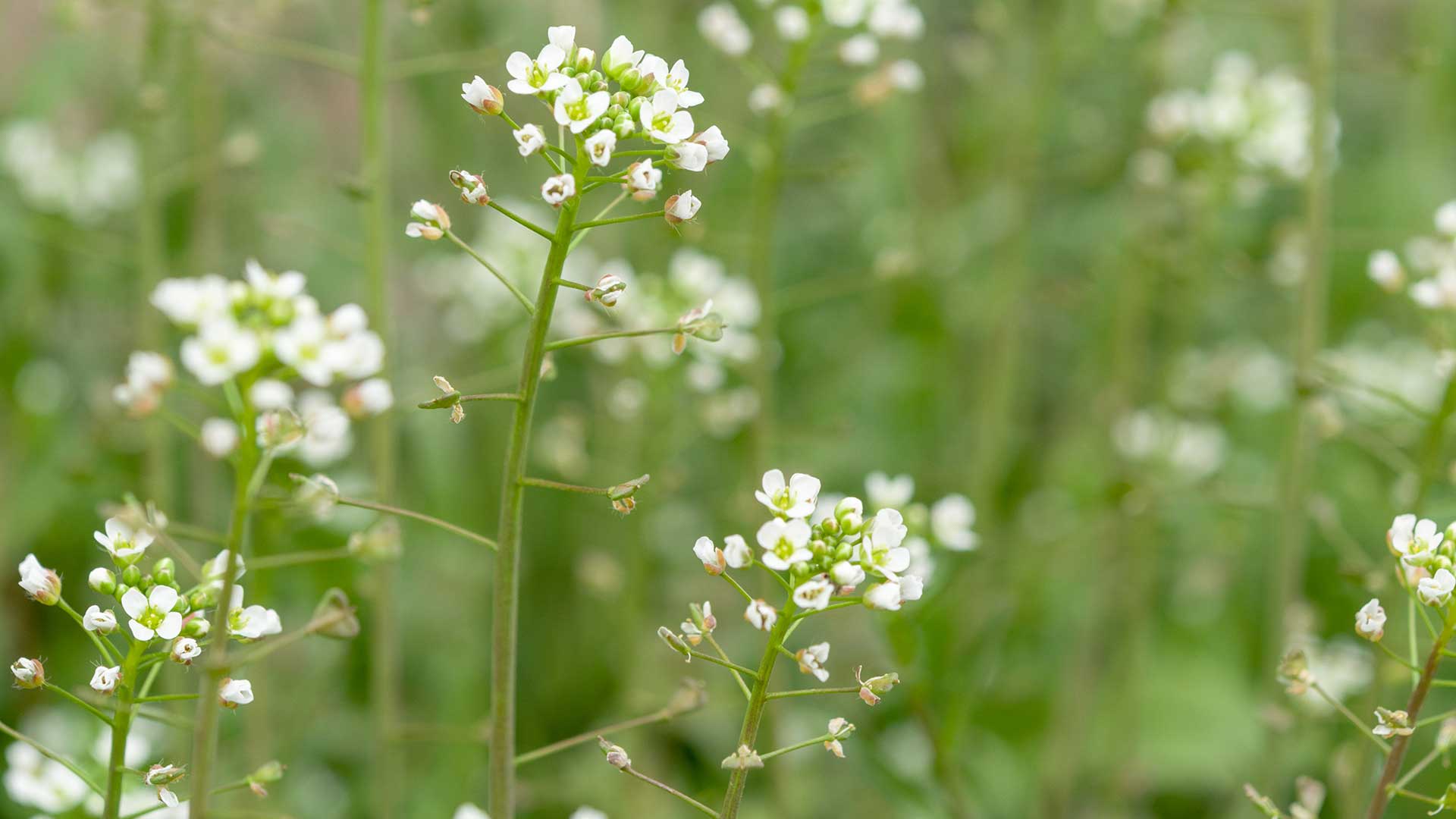
Should you use chemicals to get rid of weeds?
There are plenty of commercial weed killers on the market which can provide a quick fix. However, for a more sustainable garden, stick to natural devices.
"We believe there’s a way to weed just about anywhere around your garden without resorting to using chemicals," says Rainer. "Chemical-free is better for the environment and for garden wildlife, and of course safe for anyone with children or pets."
Are there any benefits to weeds?
"It’s often said that a weed is just a flower in the wrong place," says Rainer. He highlights how they are usually native, and important plants for pollinators, providing a food source at the start and end of the season. Tim adds that they also provide habitats for beneficial insects and add biodiversity to the ecosystem.
Some weeds look quite pretty, too. Craig notes how daisies and buttercups add colour to your garden, for instance. "I would just recommend removing the seedheads to keep them under control," he adds.
For a more low-maintenance approach, you could consider embracing the rewilding trend in some areas of your plot. Craig says, "This way, you have less work and you get to reap the benefits of weed-free areas as well as wild areas that will attract lots of beneficial wildlife into your garden, such as bees and butterflies.”
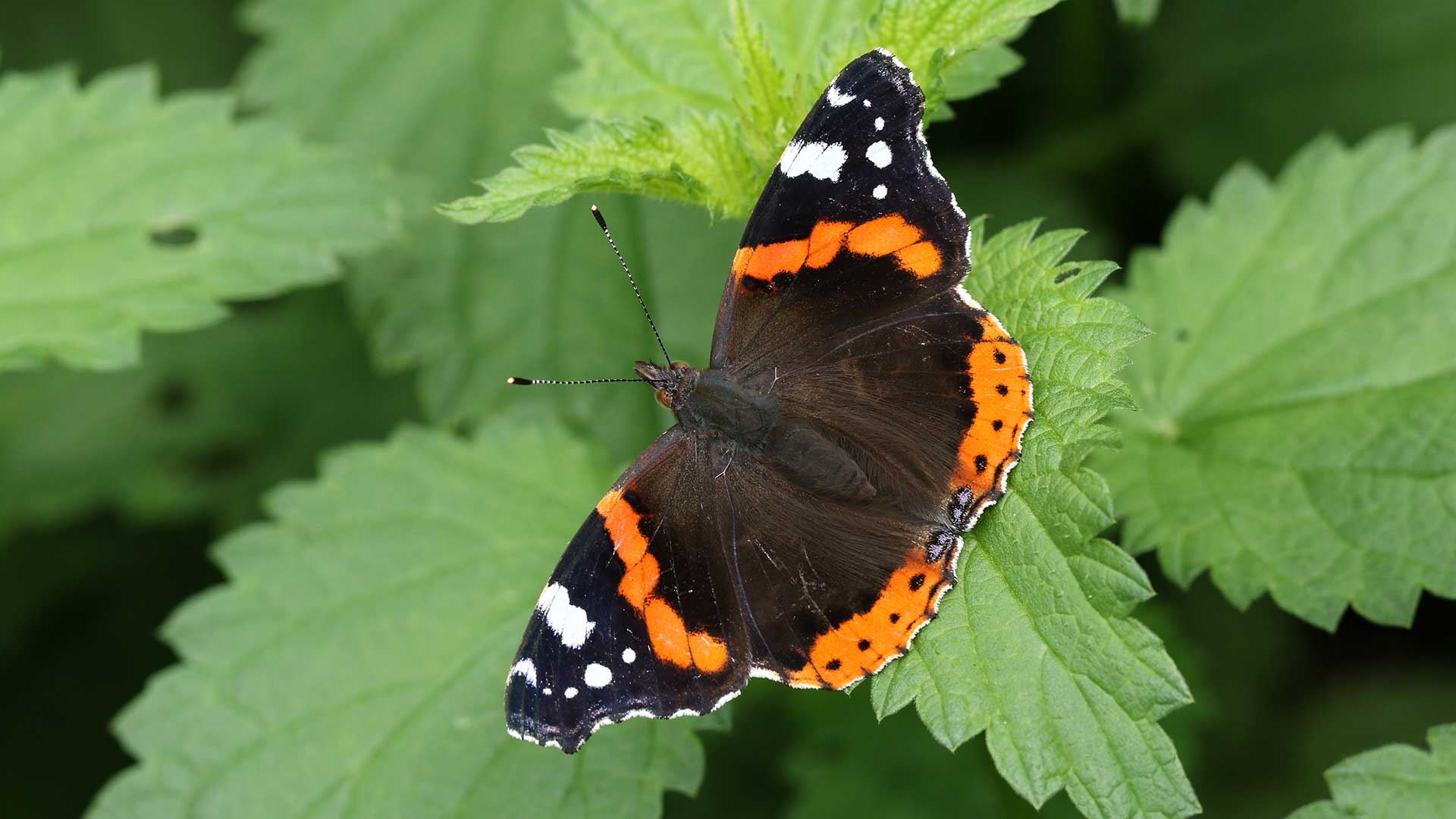
Learning how to get rid of weeds is just one essential summer gardening job – there are a few others worth ticking off to keep your space looking spectacular.







